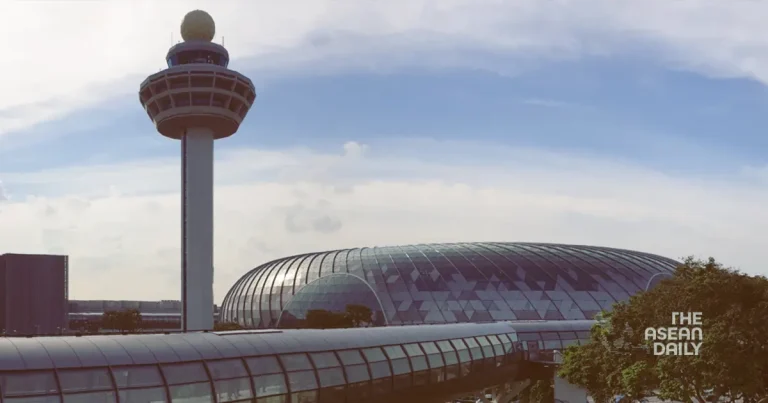16-8-2024 (SINGAPORE) A groundbreaking trial has begun that could revolutionise air travel between Singapore, Australia, New Zealand, and Indonesia. The three-month initiative, which commenced on 5 August, allows pilots on select routes to choose the most direct and efficient flight paths across the airspaces of the four participating nations.
Dubbed ‘user-preferred routing’, this innovative air traffic management concept aims to optimise airspace utilisation, potentially reducing travel times, fuel consumption, and carbon emissions. The Civil Aviation Authority of Singapore (CAAS) announced the trial on 15 August, highlighting its significance for the aviation industry in the region.
The trial encompasses 38 flight routes operated by national carriers Singapore Airlines, Garuda Indonesia, Qantas, and Air New Zealand. Cities involved include Singapore, Auckland, Adelaide, Brisbane, Cairns, Christchurch, Darwin, Melbourne, Perth, and Sydney.
While user-preferred routing is not new to domestic flights in Australia and New Zealand, its application to international routes has been limited due to the complexities of coordinating across multiple national airspaces. This trial marks a significant step towards overcoming these challenges.
CAAS estimates that airlines could save up to 1,700kg of fuel on a single Singapore-Melbourne flight, translating to a reduction of more than 1,960 tonnes of carbon emissions annually for daily flights on this route alone.
Singapore Airlines, which has 15 flights participating in the trial, expressed optimism about the potential benefits: “We expect to achieve time and fuel savings when wind conditions are favourable on these routes. This will potentially enhance our customers’ convenience and reduce SIA’s emissions.”
The trial is part of a larger initiative to implement free route operations in Southeast Asia and Oceania, allowing airlines to plan optimal flight paths based on various factors including weather conditions and airspace restrictions. This aligns with Singapore’s ambitious goal to achieve net-zero emissions from its airports and carriers by 2050.
The collaborative effort stems from an agreement signed in October 2023 between CAAS and its counterparts in Indonesia and New Zealand, with Airservices Australia joining later. The International Air Transport Association (IATA) and the Civil Air Navigation Services Organisation are also signatories, underscoring the industry-wide support for this initiative.
CAAS Director-General Han Kok Juan described the trial as “transformative”, while AirNav Indonesia’s President Director, Polana Pramesti, hailed it as a “historic moment”.
Aviation experts have weighed in on the potential impacts. Jamie Bloomfield, director of Singapore-based Propelo Aviation, noted that while benefits may be limited for shorter flights, the trial’s collaborative nature allows for testing over longer distances. He also highlighted the potential for enhanced resilience during disruptions and saw user-preferred routing as a stepping stone towards more advanced concepts like trajectory-based operations.
Dr. Awad Khireldin, assistant professor at Singapore Institute of Technology, suggested that cost savings from this initiative could help stabilise ticket prices over time, particularly in the face of rising fuel costs.
However, Bloomfield cautioned that the realisation of passenger benefits would ultimately depend on airlines passing on any savings. He emphasised that the most significant advantages lie in reducing the environmental impact of flights and potentially minimising the severity of delays.




